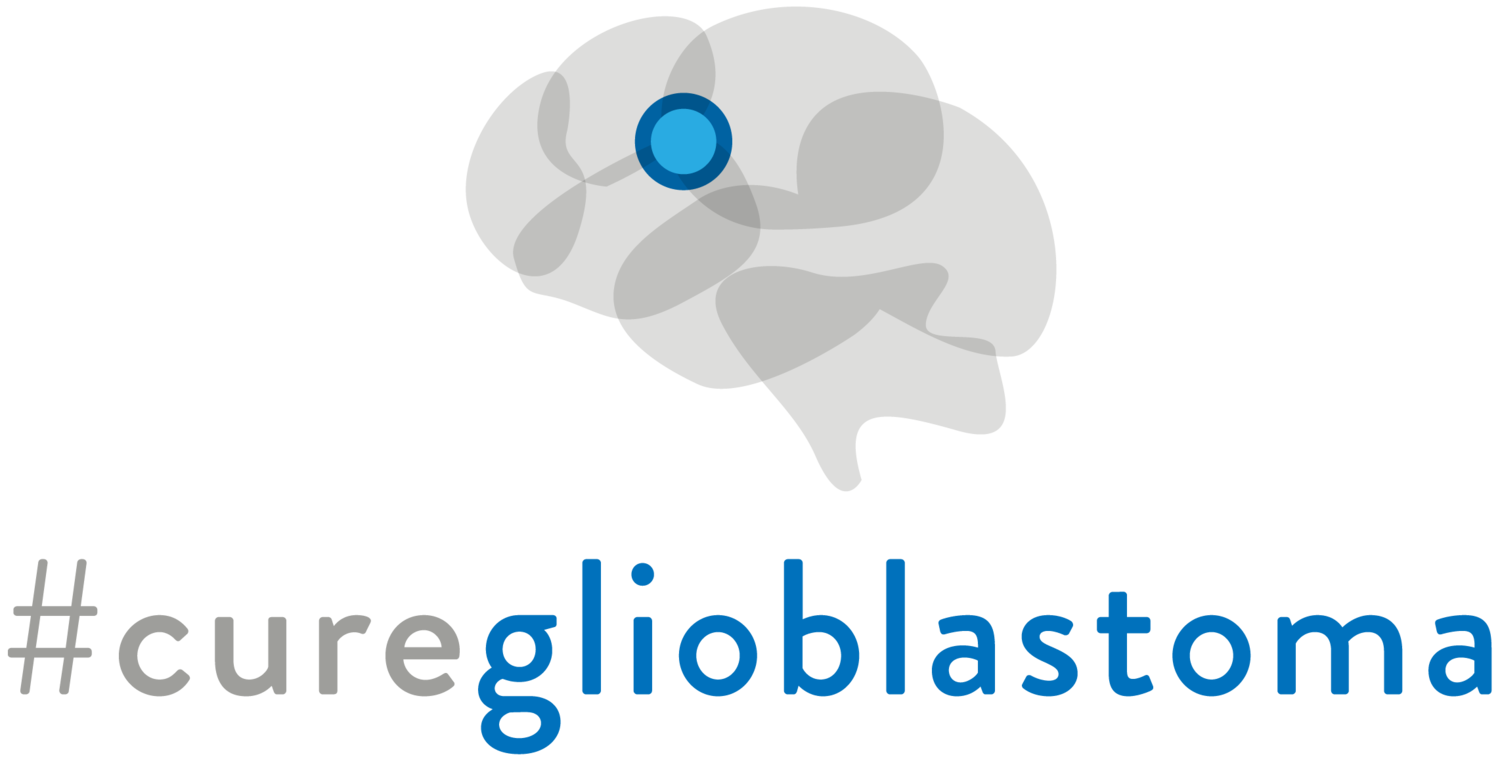glioblastoma treatments
What Treatment modalities are available for GBM?
Glioblastoma treatment is usually tailored to the individual patient and involves a multi-disciplinary team of providers from neurosurgery, pathology, radiation therapy, and neuro-oncology. However, available FDA-approved treatment modalities are limited. Cure Glioblastoma believes experimental therapy combinations with at least one immunotherapy will be the key to durable responses in GBM.
Surgery is the definitive means of diagnosis as it allows for direct examination of the tumor tissues by a neuropathologist. Maximal tumor resection increases survival but must be balanced against minimizing neurological deficits (1).
Radiation Therapy (RT) usually follows surgery. The most common radiation regimen is 6 weeks of low dose radiation which is well tolerated by patients (2). Proton radiotherapy, currently available only at select medical centers, uses protons instead of X-rays and may be an alternative (3).
Chemotherapy and Targeted Therapies have been shown to be beneficial by various measures but only one, temozolomide, provides a significant increase in overall survival when combined with radiation (see #4, below).
Temozolomide (TMZ): TMZ is thought to halt tumor cell division by causing breaks in the DNA and is administered by mouth (5).
Gliadel wafers: A biodegradable polymer containing Carmustine. Following resection of malignant tumors these Carmustine loaded wafers are placed within the resected cavity to locally destroy any remaining cancerous cells (6).
Lomustine: An oral medication taken as a single dose in 6 week intervals (7).
Bevacizumab (Avastin): FDA-approved targeted therapy for recurrent glioblastoma. Avastin targets the tumor blood vessels and is administered intravenously (8).
4. Stupp protocol. In a randomized phase III trial, patients who were treated with with TMZ and RT in combination showed an increased 5 year overall survival rate (~4 months) when compared to the treatments alone (8). This is the Stupp protocol and is the standard of care for newly diagnosed glioblastoma following surgery.
5. Tumor Treating Electric Fields (TTF). TTF is a treatment using a medical device affixed to the scalp like a cap. TTF is thought to work by blocking mitosis/cell division with alternating electrical fields (9).
Authors: Mehran Mortazavi, W. Shawn Carbonell, MD, PhD
